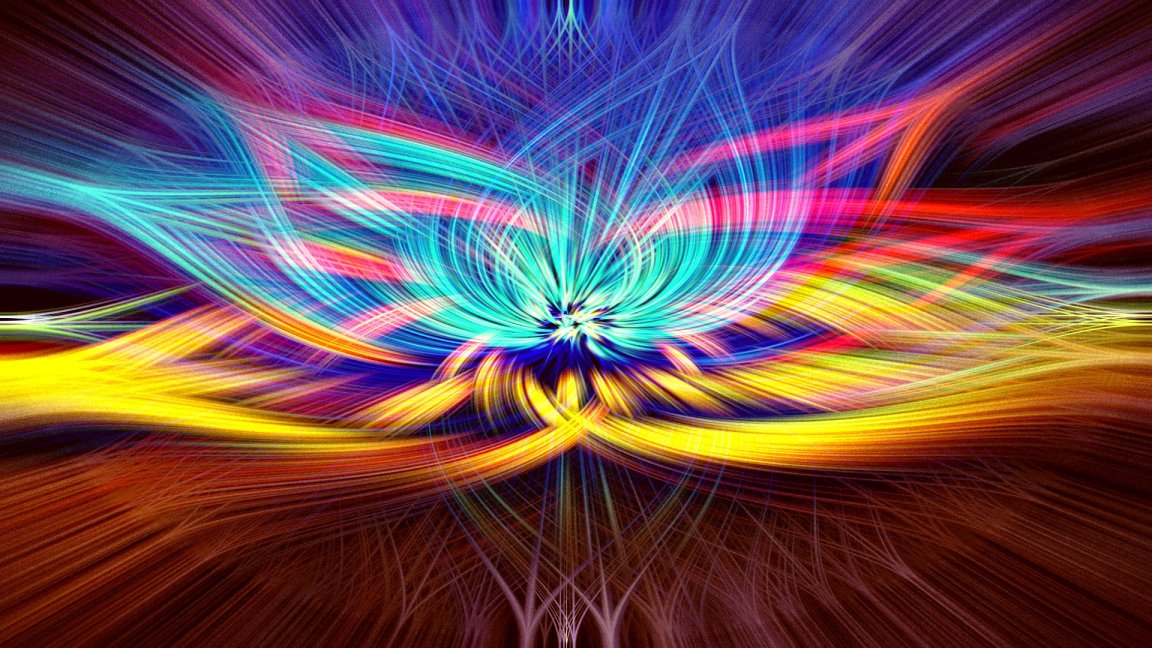
Microdosing In Focus
To trendsetters, artists, and tech nerds, microdosing is nothing new: in Silicon Valley, people have doing it for a long time, aiming to optimize their performance. Microdosing involves using tiny, controlled doses of psychedelic drugs in the same manner one might use nootropic stacks or Adderall to give themselves an edge in a hyper-competitive environment.
In practice, microdosing is just like it sounds: taking between five to ten percent of a recreational dose of a hallucinogen such as LSD, mescaline (peyote), or psilocybin (magic mushrooms). Such a small dose can’t send you on a “trip” or make you feel high, but it’s just enough to give you an overall sense of well-being, and expand your behaviors and thought patterns to become more creative. In short, microdosing — when it works as intended — has been said to give adherents more productive, happier days.
Putting Microdosing To The Test
Enter Amanda Feilding, founder of the Beckley Foundation. Feilding is one of the leaders in psychedelics and consciousness research, and she is hoping to test the effects of microdosing in a more scientific way. Her plan? Study how test subjects perform when playing Go while microdosing, compared to their performance on placebos. Feilding draws this idea from her experiences in the 1960s, when she discovered she was a better Go player and problem-solver when she was taking LSD.
Feilding’s study will follow 20 participants. Each will take 10, 20, and 50 microgram doses of LSD, as well as a placebo, for different sessions (for reference, a standard recreational dose of LSD is 100 micrograms). Each time the participants microdose (or consume a placebo), they will play Go against a computer, undergo brain scans, and complete questionnaires on various vectors, including mood. Feilding chose Go because it is incredibly complex, and demands creative, “out of the box” thinking from players. Inverse points out that Google’s AlphaGo beat Lee Sedol not with expected moves, but with extremely unorthodox plays that no one predicted.
“The tests of creativity, which are current, like Torrance Test, they don’t really test for creativity. They test more for intelligence, or word recognition, or whatever,” Feilding said to Inverse. “They can’t test those ‘aha’ moments in putting new insights together, whereas the Go game does test for that. You suddenly see, ‘Aha! That’s the right move to enclose the space.’”
If Feilding can demonstrate that microdoses of LSD enhance creativity or problem-solving ability, it would be a major coup. However, because hallucinogens such as LSD aren’t patentable, pharmaceutical companies have little incentive to invest in research trials, making funding a challenge.
The larger hurdle is from a scientific perspective. Although participants won’t know whether they’re taking a microdose or a placebo, the structure of this study will be a far cry from the large-scale, double-blind, randomized, placebo-controlled trials that are typically demanded to bring this kind of product to the market. That’s why a study of this nature is unlikely to be completed anytime soon. Still, microdosing has its own devoted crowd of believers, who trust their own experiences and engage in the practice regardless of the practice’s formal regulatory status.